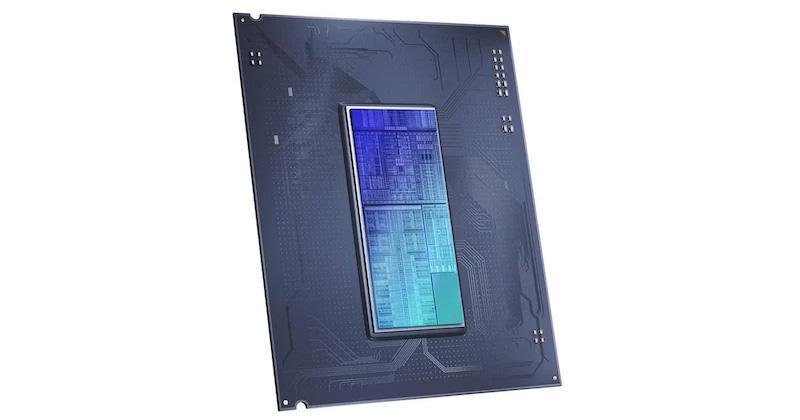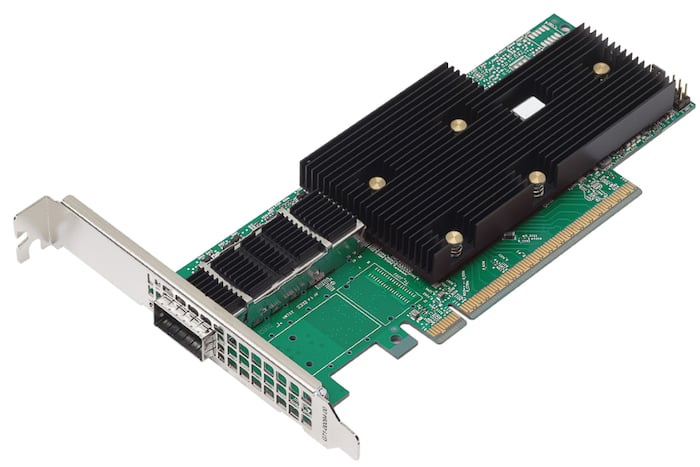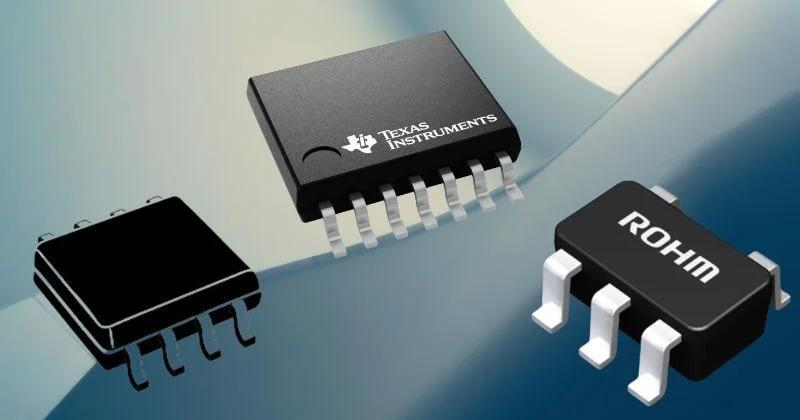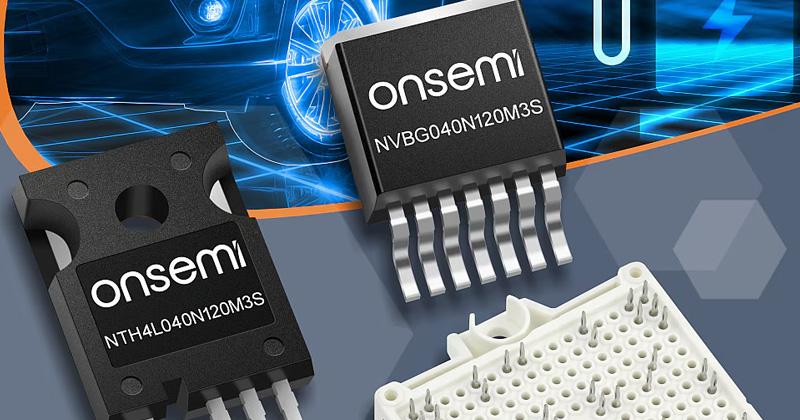
PI Introduces 1700V Switcher IC With More Than 99% Reliability
Power Integrations has added to its InnoMux-2 family of single-stage, independently regulated multi-output offline power supply ICs with a device featuring the industry’s first 1700 V gallium nitride switch, fabricated using the company’s proprietary PowiGaN technology.
How reliable and robust is GaN technology in the real world? Video used courtesy of Power Integrations
The power GaN device market could reach more than $2 billion by the end of the decade due to cost advantages over SiC, according to Yole Group.
“1700 V rating is substantially higher than any other commercially available GaN HEMT that we are aware of,” said Ezgi Dogmus, Yole’s compound semiconductor activity manager.
Power Integrations 1700V GaN Switcher IC
Since 2023, Power Integrations has rapidly rolled out GaN developments, including what it calls three “world-first voltage ratings,” including 900 V and 1250 V GaN power devices.
“Our new InnoMux-2 ICs combine 1700 V GaN and three other recent innovations: independent, accurate, multi-output regulation; FluxLink, our secondary-side regulation (SSR) digital isolation communications technology; and zero voltage switching (ZVS) without an active-clamp, which all but eliminates switching losses,” said Radu Barsan, Power Integrations’ Vice President of Technology.
The 1700 V InnoMux-2 supports 1000 VDC nominal input voltage in a flyback configuration with more than 90 percent efficiency in applications requiring one to three supply voltages. Each output is regulated with one percent accuracy, eliminating post regulators and improving system efficiency by approximately 10%. The 1700 V device replaces expensive silicon carbide transistors in power supply applications like automotive chargers, solar inverters, three-phase meters, and industrial power systems.
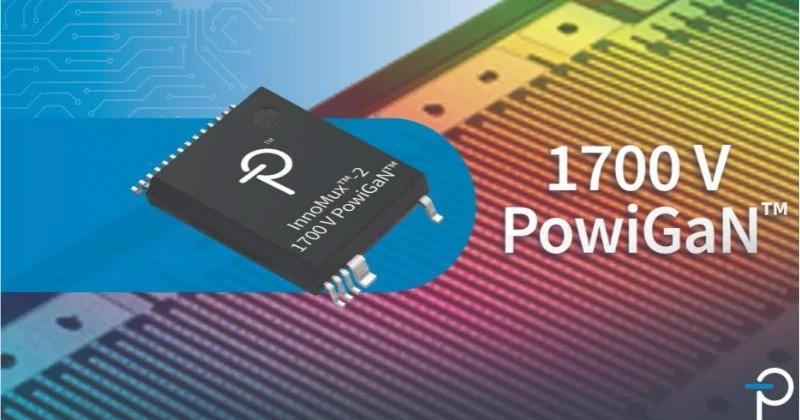
1700 V InnoMux-2 PowiGaN. Image used courtesy of Power Integrations
Common GaN Misconceptions
Voltage Ratings and Safety
In the past, engineers have been unsure of what GaN’s voltage rating meant due to its unique characteristics, such as not having an avalanche breakdown similar to silicon.
“Engineers have got used to silicon. If you exceed the voltage rating, the device fails (sometimes spectacularly),” Andy Smith, Director of Training at Power Integrations, told EEPower in an interview. “GaN devices don't fail that way. They carry on working until much higher voltages.”
That led to concern about GaN’s safety and reliability near the device’s voltage limit.
“That’s been largely addressed by demonstrating the characteristics of devices, and people have gotten more experience with them, so engineers have started using GaN in more applications,” Smith said. “[Work has been done that demonstrates] operating GaN at Its limit or slightly above does not cause a problem with the GaN technology.”
Reliability
Fifty years of hands-on experience backs up the long-term reliability of silicon, while GaN’s long-term reliability has been questioned. After all, it doesn’t have a long back story like silicon. But that is changing.
“GaN was a new technology in 2018, and initially, there were some concerns about its long-term reliability. To prove GaN is reliable, you have to have many 1000s of device hours for many 1000s of devices to demonstrate your long-term reliability devices,” Smith said. “GaN has been tested to death [by Power Integrations], and the only thing it hasn't got is 70 years of operational life, but there's lots of accelerated, live testing…”
Power integrations has completed significant reliability testing across its GaN product family (13 in all so far) and demonstrated a GaN device failure rate per billion hours of operation of less than one percent—right around .92, to be more specific, according to Smith.
High Frequency and Fast Switching
The first GaN devices were used in communications. When it came to power conversion, the assumption was they could be used to run power supplies up to 500 kHz without issue. That was not necessarily the case.
“The reason you run a higher frequency is it makes your transformer smaller, which is great, except that you solve a problem in one part of the circuit and create a problem somewhere else,” Smith explained. “So we don't believe in switching GaN very, very fast.”
Power Integrations limits switching frequency to 150 kHz to reduce the size of the EMI filter and the EMI challenge for the power supply designer.
“Switching at very high frequency was something the industry flirted with in the early days of GaN power converters, and now we've come back to more or less the same switching frequencies that we had before GaN,” Smith said. “That's part of the education process with GaN devices. Yes, you can switch at higher frequency with with less penalty. You have to decide at what point that increased frequency stops being an advantage. So that's something the industry is also determining for itself.”
Cost to Manufacture GaN
Fundamentally, GaN technology is similar in manufacture to silicon, which means the long-term cost of building a GaN transistor isn't that vastly different from the cost of building a silicon device. The same cannot be said for silicon carbide.
“Silicon carbide has an energy cost that you'll never get away from,” Smith contends.
High-Voltage GaN Next Steps
Power Integrations has been developing higher voltage GaN devices for several years with good reliability, so extending into the higher 1700V area was a logical next step, and the company intends to use the technology across its other product families.
“[GaN is] becoming very standard at lower voltage levels, so we want to extend that into a higher voltage market area. That gives us the opportunity to look at new applications that traditionally have either had to use more expensive stack transistors or go to Silicon carbide. That's why it's a natural progression for our GaN technology,” Smith told EEPower.


